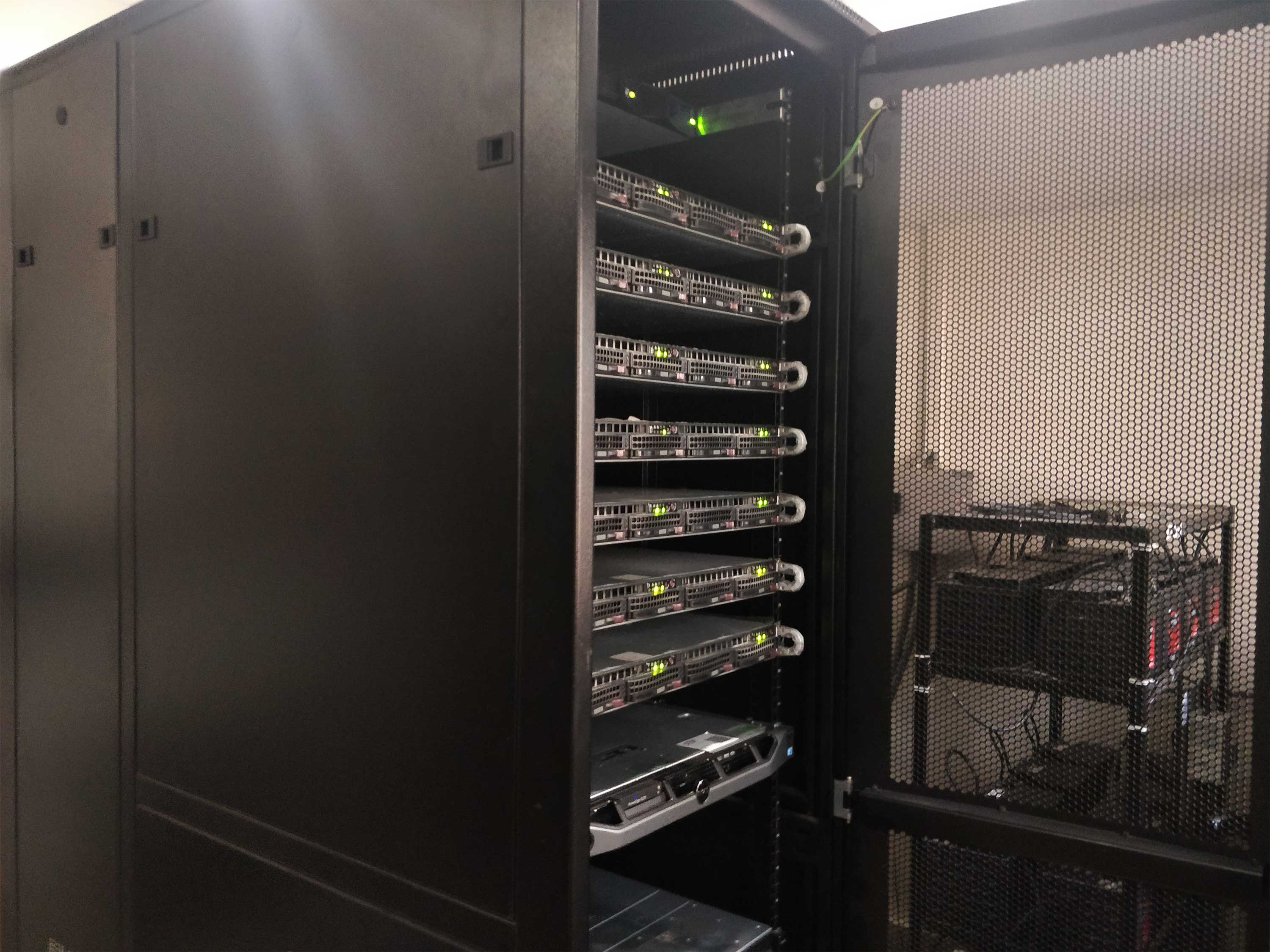Modelling Studies
Dispersion modelling: Dispersion modelling is essential to forecast and estimate the impact of policies on air quality. Researchers typically use existing models such as the Weather Research and Forecasting (WRF) model and CAMx for this purpose. These models consider variations in weather patterns and local emission loads to estimate particle dispersion across a given geography. These models are well-accepted and used in various parts of the world. CAPS will build capacity in the use of these computation tools.
Receptor modelling: Receptor modelling is required for identifying pollution sources based on the measurement of pollutant concentration at receptor sites. The receptor model uses chemical signatures of chemical elements, measured at both the source and the receptor, to quantify the source. The source characteristics or source profiles are the chemical elements and their percentage share of pollutants from the emission source. Two of the most commonly used receptor models are:
- Chemical mass balance method (CMB)
- Factor-analysis method (positive matrix factorisation or PMF)
Though both models solve the same mass-balance equation, they differ in terms of the mathematical technique and input-data requirement. The CMB method is more data-demanding but less algorithm-intensive than the PMF method.
Analysis Studies
Exposure-Level Studies due to Indoor Air Pollution:
CAPS will conduct pollution-exposure level studies with research partners and medical institutions to determine the impact of pollutants on public health. These studies can be used as a basis for policy analysis, such as estimating or measuring the effect of air quality on taxi drivers, traffic police, etc.
Techno-Economic Assessment:
CAPS has built expertise in techno-economic assessment in order to make meaningful policy recommendations. Techno-economic assessment (TEA) is used to identify the most efficient technology/measure among all the available technologies by accessing them for economic and technical feasibility. The technical-feasibility assessment analyses the effectiveness of a particular technology, whereas the economic-feasibility assessment analyses the cost incurred (capital, operational and maintenance, salvage value, etc.) and the benefits achieved (mortality and morbidity saved because of reduced pollution levels).


